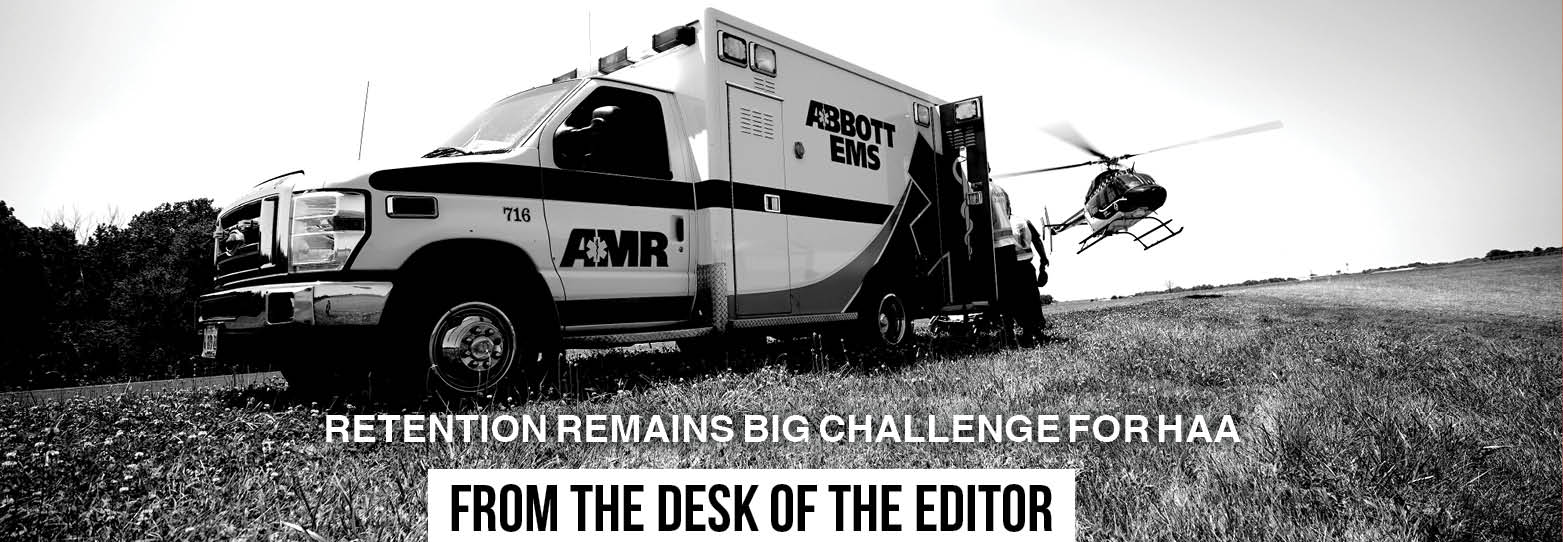|
Aug
26
2024
|
|
Posted 1 years 144 days ago ago by Admin
|
|

Back in 1999, I became an air ambulance pilot at a busy program flying an S76C+. We flew about 900 patients per year, 80% scene calls, and a large portion of our flights were after midnight. I was 32 years old and in the best shape of my life. I was training for and running 10k races, half-marathons, and triathlons for fun.
Specific to our operation, there were several factors that lended themselves to a slow decline in health and energy levels. Pilots and crew members had to bunk together so getting rest when not busy was very difficult. We worked a random rotation of nights and days in a four-on and four-off cycle, which kept the circadian rhythm out of sync. Also, intentional to our operation, as a benefit for the pilots, management kept the pilot pool a pilot or two short, which created overtime shifts for those wishing to earn extra money.
Fast-forward five years to 2004, and after working many extra shifts and busy nights, I found myself in a constant and chronic state of fatigue. I would spend most of my days off recovering, rather than enjoying my family or other activities. In five years, I went from being able to run 26 miles to barely being able to run one.
I am not one to whine about a situation. If there’s something I don’t like, I try to be part of the solution and positively affect change in my circle of influence. Unfortunately, I was unable to bring about change and I took another job for more pay and a schedule that was better for me and my family.
At that time of my life, my priorities were a healthy schedule and higher pay.
Don’t get me wrong, I do believe that being an air ambulance pilot is very rewarding and has many attractive attributes as a career path for pilots in the helicopter industry. I also believe that the sector has made great strides in the areas of risk management, technology, and regulations all of which have made HAA a better, safer place to fly.
I only tell my story, to ask this question: With respect to pilot retention, has much changed in 20 years? I recently surveyed HAA pilots and asked them what are their top 3 hot button challenges for them as a pilot, and for the HAA sector in general. The three most common themes were:
- Retention - Pilots leaving for better pay and schedules. This leaves bases short of personnel and creates a vicious cycle.
- Fatigue - This is exacerbated by poor retention.
- Improper culture - This may come in a variety of forms, such as a fake safety culture, medical administrators exercising inappropriate authority over aviation ops, helicopter shopping, etc.
Based on what I’ve read, I am not sure that retention or pilot fatigue has improved since I left 20 years ago. I do think that although there are still some lingering issues, culture has drastically improved in large part.
Solving the retention riddle for not only HAA, but the larger industry must be a priority and should be driven by organizations such as VAI, VAST, AAMS, APSA, and NEMSPA. If you have any ideas on the topic, get in touch and get involved. It’s the issue of our time.
READ MORE ROTOR PRO: https://justhelicopters.com/Magazine
WATCH ROTOR PRO YOUTUBE CHANNEL: https://buff.ly/3Md0T3y
You can also find us on
Instagram - https://www.instagram.com/rotorpro1
Facebook - https://www.facebook.com/rotorpro1
Twitter - https://twitter.com/justhelicopters
LinkedIn - https://www.linkedin.com/company/rotorpro1